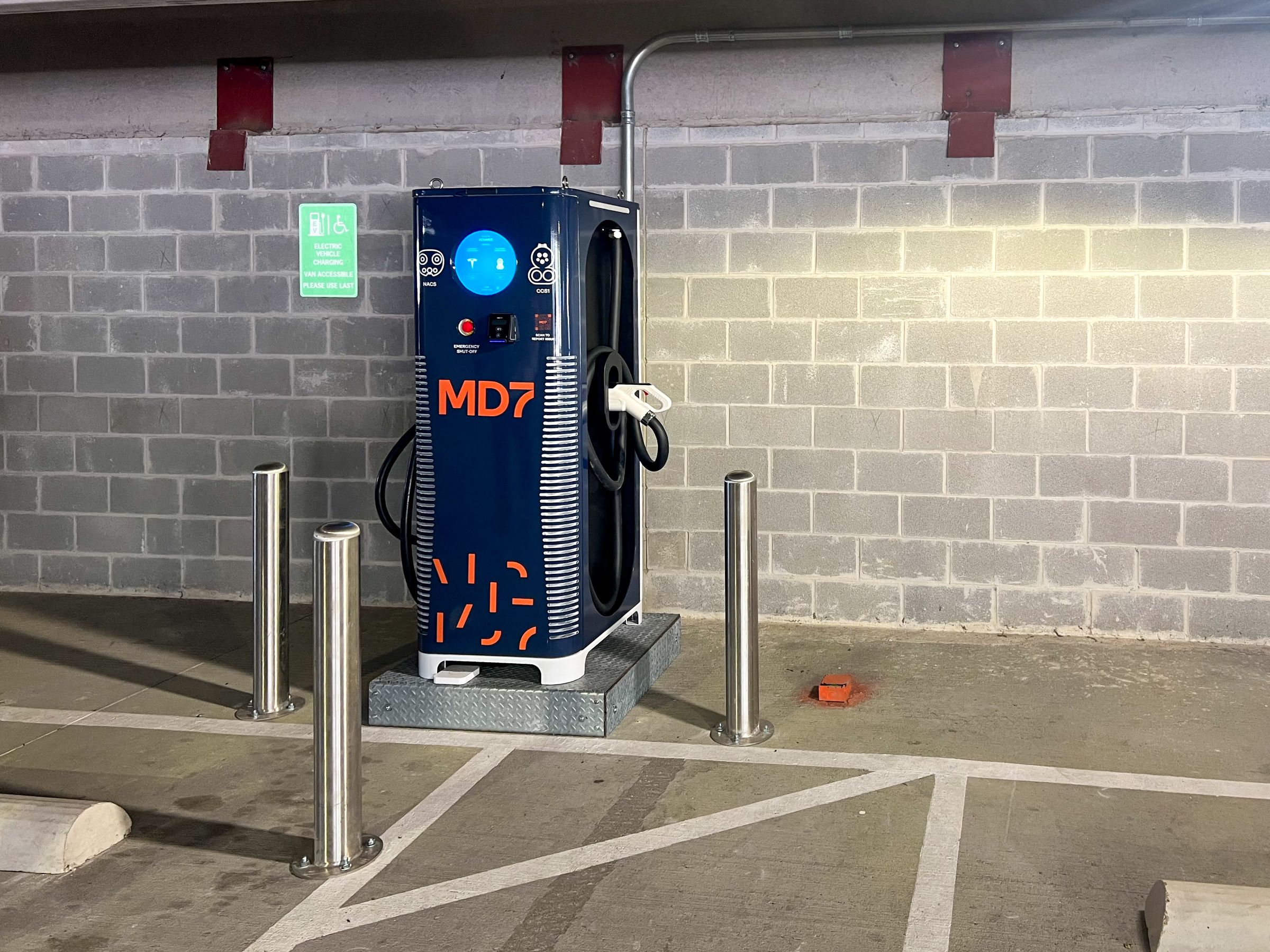Delivering Rural Broadband Requires Collaboration and Innovation
In a perfect scenario, every house, business, and farm is connected directly to fiber. The entire globe would have fiber providing the backbone of high-speed broadband service that will power the future economy. The reality, however, is that laying all this fiber, especially in rural areas, is prohibitively expensive and without immediate economic benefits to the providers.
The fastest and most cost-effective way to deliver broadband to end-users in rural communities and hard-to-reach areas is through a combination of fixed and mobile broadband and satellite. 5G equipment installed on a tower or town water tank will deliver service to more consumers and businesses at far less cost than direct fiber and offers mobility. The result will help facilitate automation and efficiency in farming, increase options for remote healthcare, bolster EV charging infrastructure, and improve access to education, thus narrowing the digital divide.
The Middle Mile & Fiber
The last mile is more exciting to talk about, as it’s the broadband internet connection to homes, businesses, and community institutions and can be delivered over pristine fiber. Last mile connectivity is only as good as the middle connectivity that makes it possible.
The middle mile is the physical part of internet connectivity, typically delivered over fiber. It provides the backbone for high-speed broadband connectivity and is needed to connect the operator’s core networks, earth stations, towers, and local antennas.
Fiber provides the highest speed and lowest-latency connection between two points, which is why it’s used for the middle mile. Fiber is touted as “future proof” as any limitations mainly involve the equipment, not the fiber cabling itself.
The challenge lies in the middle mile for rural broadband internet due to its substantial construction costs and installation time. In some locations, installing fiber isn’t possible due to economics and geography.
The Role of Satellite Networks & Earth Stations
In some more rural areas, satellite can be used to provide broadband connectivity directly to the home or business where other options are not available. Satellite internet is nothing new, but operators such as Starlink and Amazon’s Kuiper are making substantial investments and advancements in satellite infrastructure. As a result, rural communities are seeing more broadband connectivity options.
As latency decreases and speeds increase, satellite infrastructure can become the middle mile in rural areas for wireless broadband where fiber is not possible or too cost-prohibitive. These advancements in satellite infrastructure will help narrow the digital divide by enabling operators to provide broadband connectivity without the need for laying fiber.
During his keynote speech at the 2021 Mobile World Congress, Elon Musk noted that Starlink would help fill the gap between 5G and fiber for the parts of the world that are the most difficult to reach. Musk said that Starlink estimates it will serve approximately 3-5% of the global population, focusing on the remote areas of the globe.
Amazon has partnered with Verizon to further expand coverage to remote locations. The Kuiper satellites will provide the cellular backhaul enabling Verizon to expand its 4G and 5G coverage without digging trenches to lay fiber.
How we get there
Ubiquitous broadband connectivity for everyone, regardless of location, won’t come from a single company, operator, or technology. The key to closing the digital divide lies in collaboration between service providers (often competitors), public and private funding and investments, fundamental policy changes, and innovation.
As noted by many, the need to deliver rural broadband is analogous to providing rural electrification in the 20th century. The short-term costs and geographic challenges are high, but the long-term benefits will accumulate for decades.




